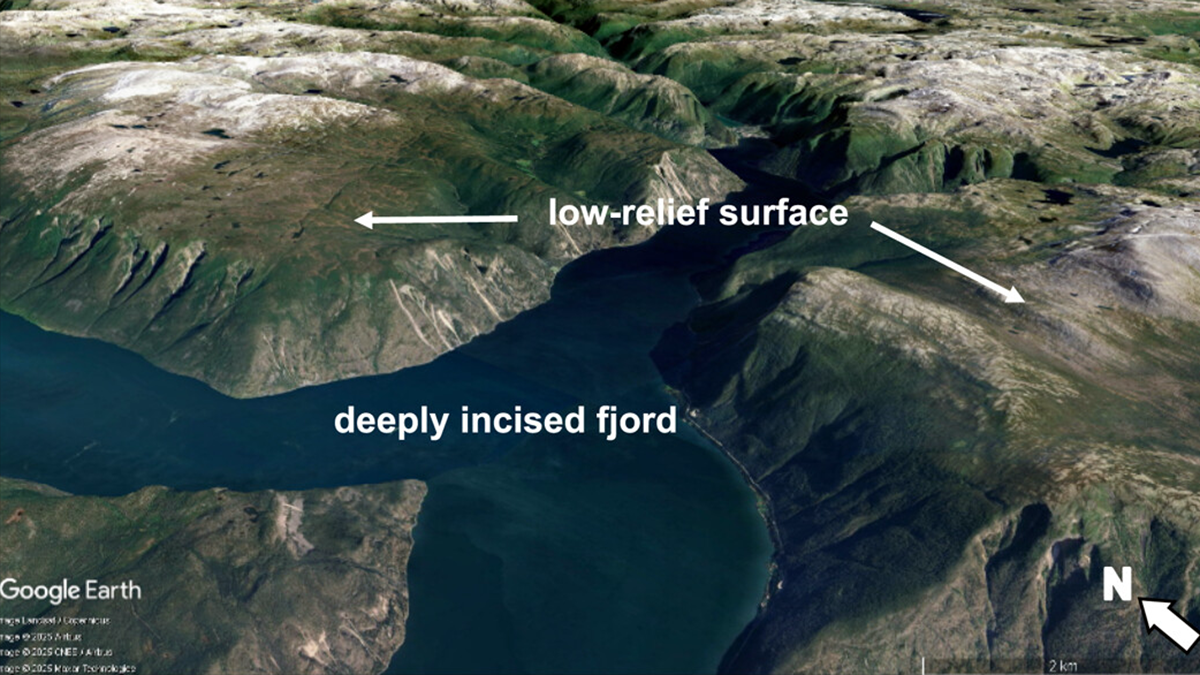Editors’ Highlights are summaries of recent papers by AGU’s journal editors.
Source: AGU Advances
Mountain landscapes are as much a product of erosion as they are of uplift. It is certainly true that glaciers can carve uplifted regions, increasing their topographic relief.
Using numerical modeling that integrates both river and glacial erosion across a time span that includes glacial-interglacial cycles, Bernard et al. [2025] flip the script on how we think glaciers shape mountains. The authors show that a “glacial sheltering” effect can lead to the development of extensive low-relief surfaces at moderate elevations, and they review the existence of candidate surfaces in Scandinavia and other locations.
A key finding is that such surfaces can not only be preserved by glaciation, but they can also emerge from it, and at variable elevations that are a function of ice volume. This is significant not just because humans are inspired by mountains and their topography: flat or low-relief surfaces play a large role as a reference elevation in explaining landscape evolution and in tectonic studies of uplift that make assumptions about where, when, and how such surfaces originated.
Citation: Bernard, M., van der Beek, P. A., Pedersen, V. K., & Colleps, C. (2025). Production and preservation of elevated low-relief surfaces in mountainous landscapes by Pliocene-Quaternary glaciations. AGU Advances, 6, e2024AV001610. https://doi.org/10.1029/2024AV001610
—Peter Zeitler, Editor, AGU Advances

